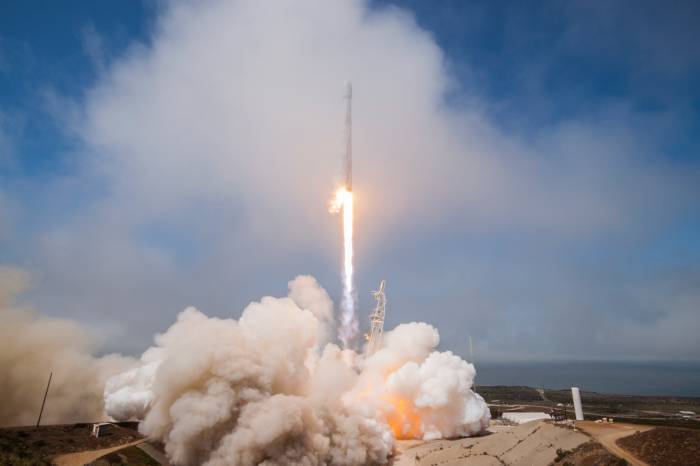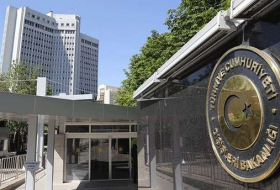Believe it or not, all the SpaceX rockets you've seen making those impressive landings the past few years are something like the beta version of the Falcon 9 rocket. We may get to see the final version at work later this month, when the real revolution in space flight will begin.
Over the past week, SpaceX launched two more successful Falcon 9 missions, but there were no high-drama landings of the rocket boosters on a droneship at sea or a landing pad along the coast. Instead, both of the previously used rockets flew back to the surface of the ocean and promptly sunk themselves permanently.
So what happened to Elon Musk's grand idea of recycling rockets to drive down the cost of accessing space? Why is his company suddenly dumping all its rockets in the ocean like NASA and everyone else has done for decades?
Don't worry. This is all leading up to the final version of the rocket, the so-called "Block 5" Falcon 9 that's set to make its debut flight later this month. The company confirmed to me Tuesday that it hopes to launch Bangladesh's first communications satellite, Bangabandhu-1, on a Block 5 Falcon 9 later in April. The exact launch window is yet to be announced, though some industry sites are reporting April 24 as a target date.
The Falcon 9 rockets that have flown more than one mission so far are all either Block 4, or so-called "Full Thrust" models. The Block 5 model is what Musk has said he considers to be the finished version of the Falcon 9. It's a little more powerful than its predecessors with some other upgrades that should help for better control on descent and other minor tweaks.
But the big difference is that this is the Falcon 9 model SpaceX hopes to fly over and over again. And again, and again. The plan is for Block 5 Falcon 9's to be able to launch 10 times without needing any significant refurbishment -- just recover it, inspect it and send it back out to the launch pad. After 10 flights, the rocket is refurbished and readied for another 10 flights, up to a total lifespan of 100 flights per rocket.
That's the kind of use Musk and SpaceX need to get out of their rockets to make some of Musk's audacious plans, like a huge human colony on Mars, within the realm of possibility.
SpaceX has reused a previously flown Falcon 9 rocket 10 times in the past year. SpaceX's Jessica Jensen told reporters at a NASA press conference Sunday the company plans to increase that figure by 50 percent over the next year, thanks in part to the addition of some Block 5 rockets to its fleet.
The Falcon 9 rockets we've seen in the past few years are really only designed for about two or three flights, tops, and with the possibility of needing to be refurbished between each launch.
Rather than try to recover some of its current inventory of older Falcon 9 boosters, SpaceX has opted instead to push them to their limits during reentry to gather data that will be useful for building future rockets. That's what was done with the last two Falcon 9 boosters that met their end in the ocean over the last few days.
The final version of the Falcon 9 we'll see later this month is also the rocket SpaceX hopes to use to carry astronauts to the International Space Station later this year. But first, it needs to get at least seven Block 5 launches under its belt to get certified by NASA.
If all goes well, the age of recycled rockets, more frequent launches and greater access to the heavens will finally be truly underway.
Read the original article on cnet.com.
More about: SpaceX















































